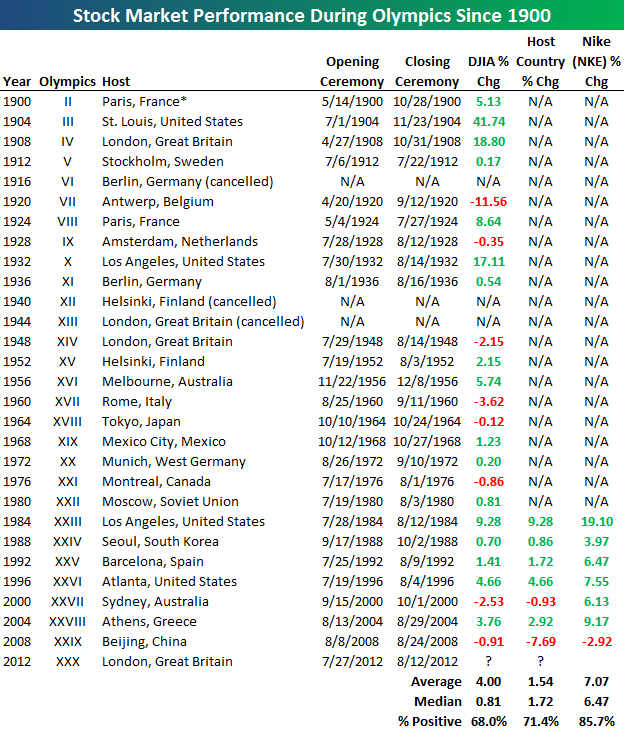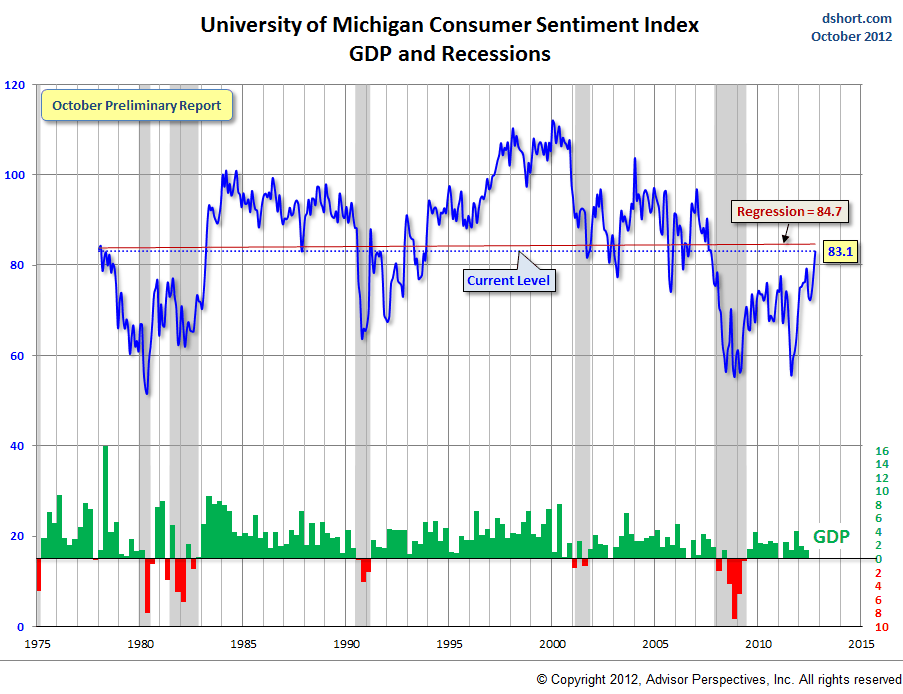When you’re starting out investing, it’s important to not let complex jargon and fancy investment terms overwhelm you.
You gotta start somewhere, as the saying goes.

Still, if you’re an investing newbie, it can be unnerving when financial professionals start tossing around terms and phrases that just sound like gobbledygook to the untrained ear.
To help get you up to speed, we put together a handy list of 10 of the most used investing terms.
The list isn’t designed to be all-inclusive, but rather as a basic primer on the main investment options you can choose from when assembling your financial portfolio.
1) Individual stocks
Also known as equities, stocks are securities that give investors ownership in a publicly traded company. Owning a stock means investors have a claim on the company’s earnings, assets and dividends. Stock prices are sensitive to many factors, including the health of the individual company as well as the overall economy. Long-term investors typically hold stocks to grow their wealth, and stocks are viewed as “riskier” than bonds because they tend to fluctuate more in price.
2) Bonds
Bonds are debt securities that pay investors income until they mature at a specific date in the future. Bonds are typically issued by companies and governments, and the risk of an individual bond is gauged by the credit rating of the issuer. Also known as “fixed-income” securities, bonds are sensitive to interest rates. Bonds are viewed as “safer” than stocks but have historically provided a lower return than stocks.
3) Cash
Cash is considered a major “asset class” along with stocks, bonds and other types of investments. Ultra-safe assets such as savings accounts, certificates of deposits (CDs) and money market funds are typically classified as cash investments. Investors use cash to avoid risk, although they sacrifice growth because interest rates are extremely low today.
4) Commodities
Commodities are natural resources and raw materials such as coffee, wheat, oil and industrial metals. Investors typically invest in commodities to protect against rising prices (inflation) or to diversify.
5) Real estate
Investments in land and buildings, such as residential real estate, shopping malls, apartment complexes and office properties. Investing in real estate can produce income and diversify a portfolio. Smaller investors can also invest in real estate investment trusts (REITs), which are publicly traded companies that invest in real estate.
6) Mutual funds
An investment vehicle that pools the assets of many investors and is overseen by an individual or team of portfolio managers. Mutual funds give investors access to professional money management and also allow them to diversify by holding many securities with one purchase. Mutual funds usually follow specific strategies such as investing in technology stocks or foreign bonds. Investors typically pay annual fees as a percentage of the money they invest, although other fees may apply.
7) Closed-end funds
Closed-end funds are similar to traditional mutual funds in some ways, but the key difference is that closed-end funds have a limit on the number of shares then can offer to investors. Another difference is that unlike mutual funds, the price of a share in a closed-end fund can fluctuate away from net asset value, or the value of the securities in the portfolio.
8) Exchange traded funds (ETFs)
ETFs are baskets of securities that trade on exchanges like individual stocks. ETFs combine features of mutual funds and individual securities. Investors can buy and sell ETFs during the day, while mutual funds are only priced once a day at the close.
9) Hedge funds
Pooled investment vehicles designed for wealthy individuals that have higher minimum investments and less regulation that regular mutual funds. Hedge funds also typically have higher fees and more sophisticated investing strategies than traditional mutual funds. Hedge funds may have “lockup periods,” meaning investors can’t get their money back until after a certain period of time.
10) Separately managed accounts
Another “pooled” investment vehicle that gives individuals access to a portfolio manager. One key difference from mutual funds is that investors in separately managed accounts directly own the securities. (Learn more about separately managed accounts here.)
Whenever it sounds like other investors are speaking Greek, it might be a good idea to come back to this resource. At least, this list can help beginner investors get started on their education. Just remember, it’s a lifelong journey.
Continue learning: What to look for in a good investment
—




